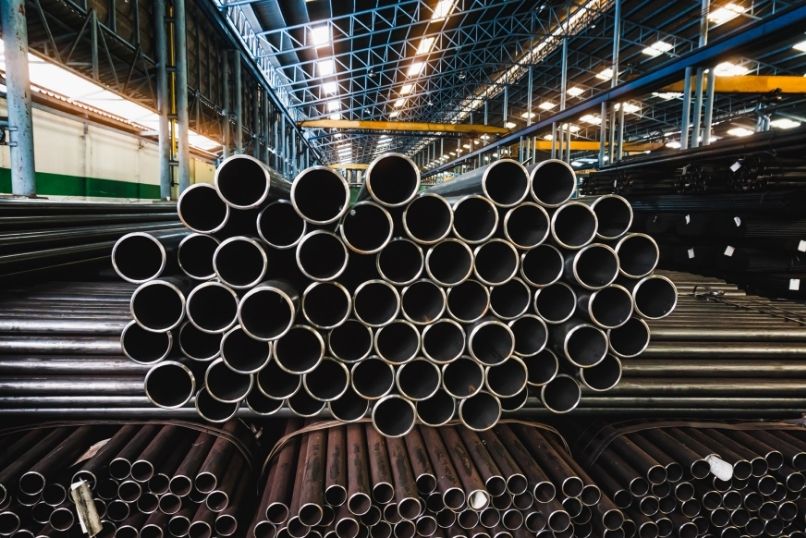Architects use stainless steel to create impressive structures all over the world. As a matter of fact, some of the most famous buildings and bridges, such as the Chrysler Building in the U.S. and the Ikitsuki Bridge in Japan, were made with stainless steel. The reason why stainless steel is such a popular material for construction is because it offers many benefits. Read below to learn about the advantages of using stainless steel in construction.
1. Impressive Strength
The first, and most well-known, advantage of stainless steel is its impressive strength. Also, stainless steel retains its strength at both high and low temperatures, making it an excellent choice for construction projects. Due to this strength, bridges and buildings supported with stainless steel can withstand immense amounts of weight and pressure.
2. Aesthetic Appeal
In addition to supporting bridges and buildings, architects also use stainless steel to add decorative aspects to their structures. Stainless steel is a shiny and attractive metal that reflects the beauty around it. For example, the Sage building in the UK uses stainless steel to reflect light and the surrounding scenery, creating a stunning visual effect.
3. High Durability
Another property of stainless steel that is useful in construction is its durability. Buildings, bridges, and other structures need to be able to withstand the elements. Stainless steel is extremely tough and durable, so it will last for many years without weakening.
4. Corrosion Resistance
Corrosion resistance is another one of the advantages of using stainless steel in construction. Corrosion can eat away and weaken a material over time. To ensure that buildings and bridges are safe, architects use a material, such as a 430 stainless steel rod, that has high corrosion resistance.
5. Flexibility
If you’ve seen the Art Gallery of Alberta in Canada, then you know how flexible stainless steel can be. This building has unique wave-like shapes made from stainless steel on its exterior that are both strong and beautiful. Architects love metals that are both strong and flexible because it allows them to express their creativity with unique designs.

